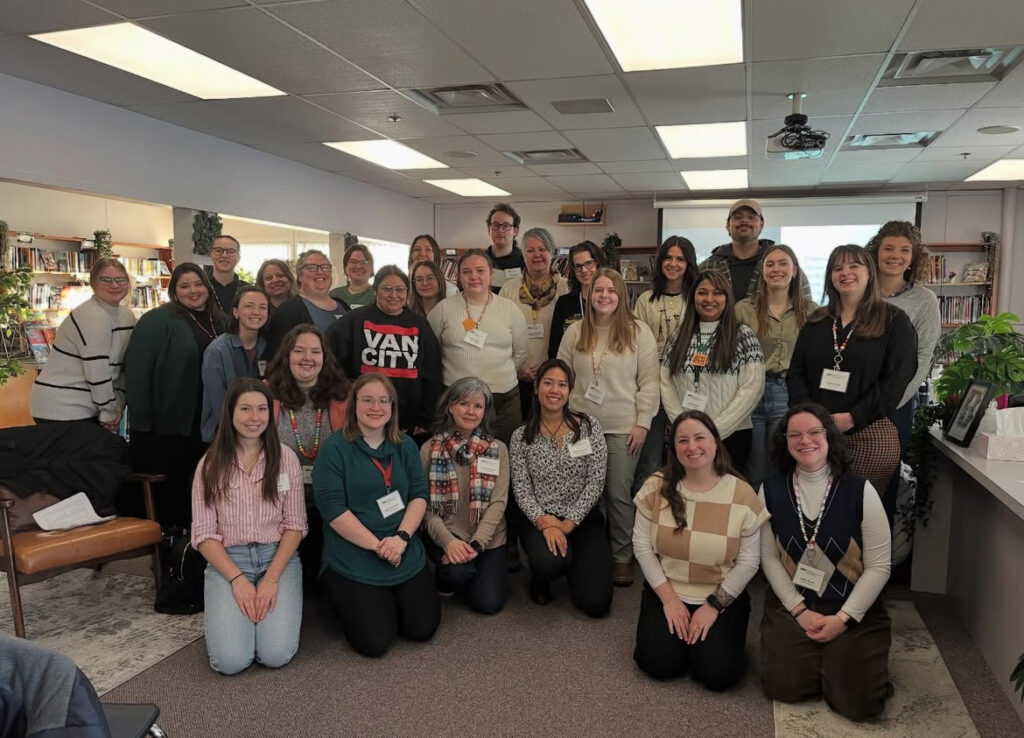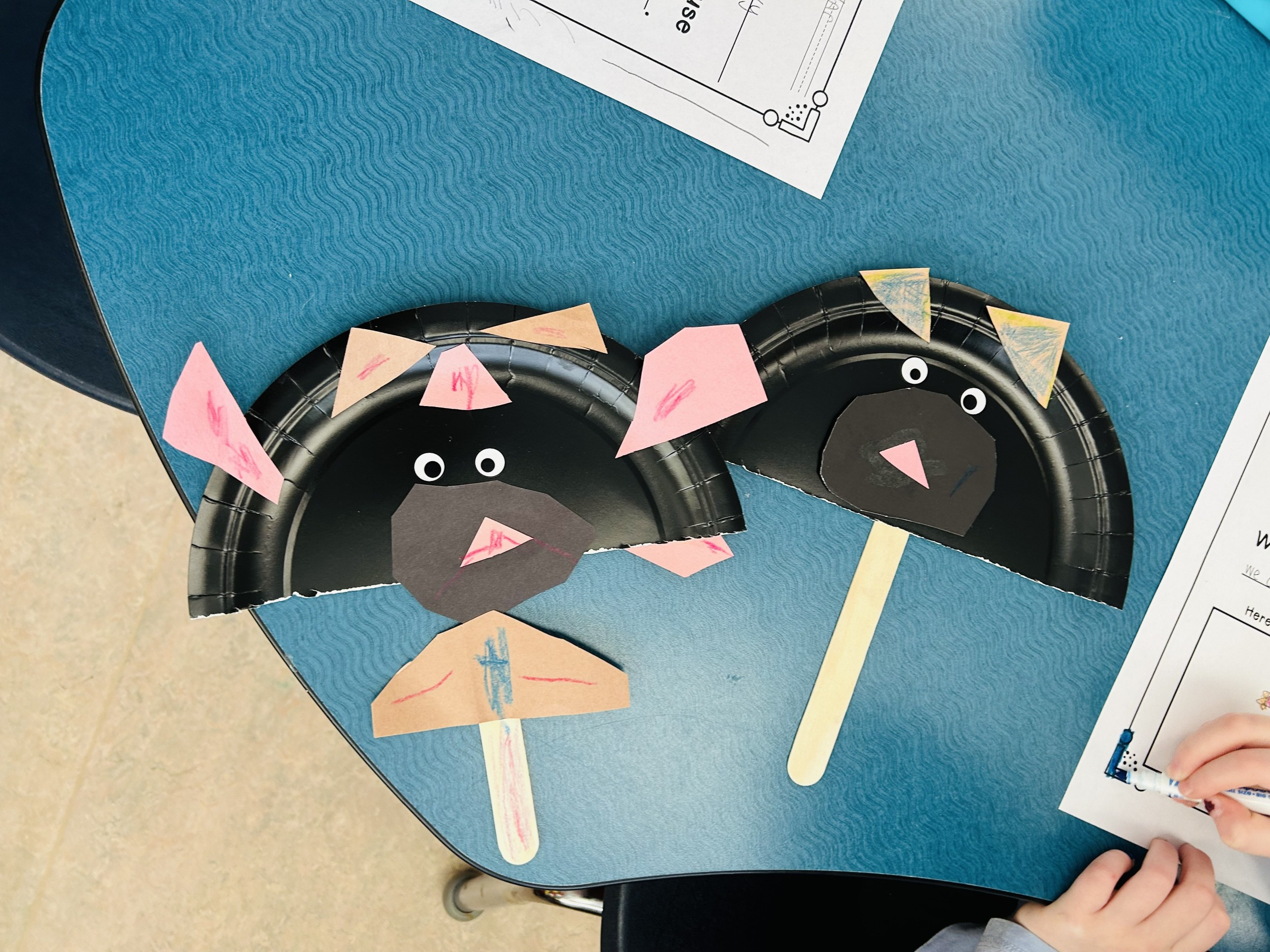Harwin In-Situ

As a cohort, we were lucky to get to visit Harwin Elementary School 3 times over the course of a month to do in-situ teaching and learning. My partner Charlene and I were placed in the kindergarten class where we learned a lot about building connections, lesson planning, implementing lessons, and teaching a mini unit of progressions. Most importantly, we also practiced assessment and learned how we can motivate kids to participate and grow. Harwin taught me that motivation is important, and that kids will learn better if they are having fun or enjoying what they are learning. For this reason, Charlene and I adapted our lesson plans to suit the kids once we built connections and learned about what they like and dislike. From this experience it is evident that motivation can look different for every group of kids and teachers need to be flexible.
In terms of assessment, it was powerful to learn how to assess observationally and with a summative product. We practiced giving lessons, creating success criteria, adapting success criteria for the kids’ needs, and assessing the students. We also practiced giving verbal feedback to the kids, assessing using descriptive feedback, and using checklists. Overall, this experience has enforced the importance of assessment and motivation, but it has also eased a lot of my worries about what assessment entails. Assessment can look like many different things and can be targeted to specific students or criteria. Our group of kids was amazing because they also provided feedback to us! Listening to kids and adapting lessons based on what they need is extremely important.

Charlene and I were able to build connections with the students and create a safe atmosphere where they felt comfortable sharing with us and felt comfortable telling us how we could do better. The students were able to be themselves and reflect on their learning with us through simple questions like, “what do you like doing?” or “how can we make this more fun?” Because we were there for a short time, we were fully able to make our lessons fun and engaging. However, we also considered many different circumstances in our reflections of lessons that could make teaching another class different. For example, the attendance was low during the time we taught. Our lessons would look much different if we had more kids present. In the end, Harwin was an amazing experience that helped me have a deeper understanding of the assessment, motivation, and adaptation that occurs in the classroom.